Legislative Priorities – Fall 2021
Next week, the legislature returns from the summer break to begin fall session. The focus of the legislature and administration this September will be on the state fiscal year 2022 budget. HCAM continues to work with the Department of Health and Human Services (MDHHS) to ensure an appropriate nursing facility rate setting process for October 1, 2021 rates. Following the completion of the budget, focus will shift to allocating the large amount of federal funding Michigan has received, as well as other policy initiatives. Below are the legislative initiatives the association will be focusing on heading into the fall.
Workforce
The association is prioritizing legislation and initiatives to help address the significant workforce challenges providers are experiencing.
HB 5089 – TNA to CNA Pathway
HCAM continues work with the state legislature and LARA to ensure a bridge for the 2,000+ individuals currently working as temporary aides in Michigan’s nursing facilities. Representative Ann Bollin has introduced House Bill 5089, which allows for alternatives to training and testing for these temporary workers to be registered as a CNA, taking into account the limited opportunities to fulfill requisites during the pandemic. The bill received a hearing before the House Health Policy Committee in June and it is HCAM’s goal for passage in early fall 2021. You may find the bill HERE.
Workforce Initiatives
The association has developed a list of workforce initiatives that includes both funding and policy changes to bolster the ability of providers to attract and retain a strong workforce. These initiatives include continuation of the direct care worker wage increase, assistance programs for child care and housing down payments for health care workers, career ladder scholarships, an ad campaign celebrating the front line caregivers in nursing facilities, among others. HCAM is identifying legislators to champion these efforts, and we hope to have legislation introduced this fall. You can find HCAM’s workforce document HERE.
Funding for Nursing Facilities
Through various federal programs, the state of Michigan has received a significant amount of funding to help address the adverse impacts of COVID-19 on the state. This influx of dollars is an opportunity to access additional help as Michigan’s nursing facilities continue to face financial challenges due to the pandemic. The recent passage of $100 million was a great success, but it is clear that further help is needed as the recovery will take many months. The legislature and administration have asked for ideas on how to best use the federal dollars – HCAM has shared a proposal that would allow each facility to access up to $250,000 for physical plan improvements focused around infection control. The document can be found HERE. HCAM will also continue conversations with MDHHS and the legislature on the potential need of future funding help for nursing facilities.
Regulatory Process Legislation
Recommendations resulting from workgroups between LARA and nursing facility providers include language changes to the state statute regarding the survey process – sections 20155 and 20155a of the public health code. Such changes include quality assurance roles within the department, better use of CMP funds, codifying the new IDR process, requiring robust communications between surveyors and providers, and various other recommendations to ensure the survey process is fairer, more consistent, and more timely. HCAM has approached Representative Bronna Kahle, who is chair of the House Health Policy Committee, to sponsor the legislation. HCAM will be advocating for the prompt advancement of the legislation to ensure the regulatory issues are addressed as soon as possible. It is expected legislation will be introduced in the coming weeks.
Elder Abuse Task Force
The Attorney General’s Elder Abuse Task Force continues to meet virtually during the pandemic. The task force previously established subcommittees focused on unlicensed AFCs and CNA/nursing staffing levels in SNFs. The subcommittee on staffing levels, which explored options to address staffing challenges, concluded earlier this year. While there were members on the committee interested in increasing staffing ratios, the association was successful in convincing the committee that in this time of tremendous uncertainty, when workers are not even available, increasing these ratios statutorily is an unrealistic and ineffective avenue to addressing this problem. the association will continue to participate in the meetings to ensure any proposed policy changes do not adversely impact the profession.
If you have any questions regarding the association’s legislative initiatives you may contact me at [email protected]. You may also find more information on our website HERE.

